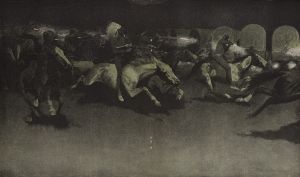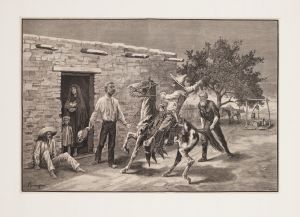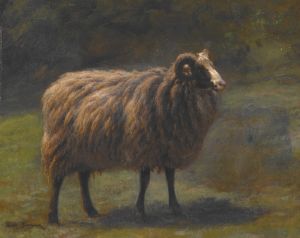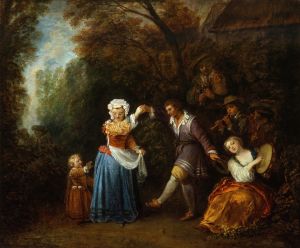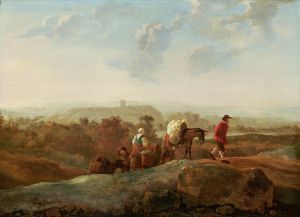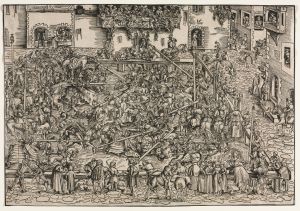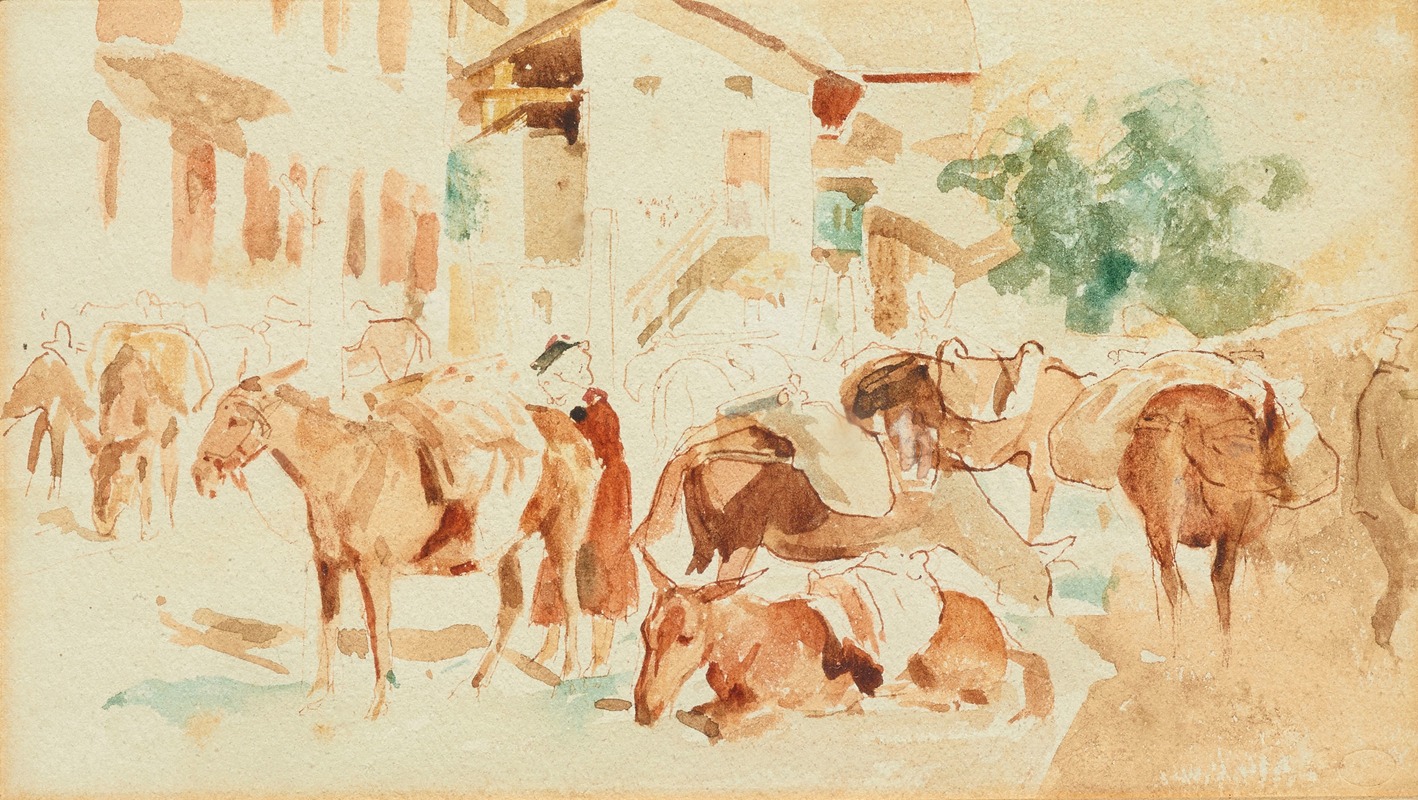
Rast der Säumer
A hand-painted replica of Albert Anker’s masterpiece Rast der Säumer, meticulously crafted by professional artists to capture the true essence of the original. Each piece is created with museum-quality canvas and rare mineral pigments, carefully painted by experienced artists with delicate brushstrokes and rich, layered colors to perfectly recreate the texture of the original artwork. Unlike machine-printed reproductions, this hand-painted version brings the painting to life, infused with the artist’s emotions and skill in every stroke. Whether for personal collection or home decoration, it instantly elevates the artistic atmosphere of any space.
Albert Anker's painting Rast der Säumer (translated as Rest of the Muleteers) is a notable work by the Swiss artist, who is often referred to as the "national painter" of Switzerland. Anker, renowned for his detailed and realistic depictions of rural life, created this piece as part of his broader exploration of everyday scenes and the lives of ordinary people in 19th-century Switzerland.
The painting portrays a group of muleteers taking a break during their journey, accompanied by their pack animals. Muleteers, or "Säumer" in German, were individuals responsible for transporting goods across mountainous regions, a common practice in Switzerland before the advent of modern transportation. The scene captures a moment of rest, with the figures and animals positioned in a naturalistic and relaxed manner. Anker’s attention to detail is evident in the careful rendering of the clothing, equipment, and the surrounding environment, which reflects the rural and alpine settings typical of Switzerland during this period.
Anker's work is characterized by its warm, humanistic approach, and Rast der Säumer is no exception. The painting emphasizes the dignity and simplicity of the muleteers' labor, aligning with Anker's broader artistic mission to document and celebrate the lives of common people. His use of light and color enhances the realism of the scene, while also imbuing it with a sense of tranquility and respect for the subjects.
The exact date of the painting's creation is not widely documented, but it fits within Anker's active period in the late 19th century, during which he produced many works focusing on rural life and traditional occupations. Anker's art was deeply influenced by his Swiss heritage and his desire to preserve the cultural identity of his homeland during a time of rapid industrialization and societal change.
Rast der Säumer is part of Anker's extensive body of work, which includes portraits, genre scenes, and still lifes. His paintings are celebrated for their technical precision and emotional depth, and they continue to be highly regarded in Swiss art history. Today, many of Anker's works, including Rast der Säumer, are housed in museums and private collections, where they remain a testament to his skill and his commitment to capturing the essence of Swiss rural life.
This painting exemplifies Anker's ability to combine artistic mastery with a deep respect for his subjects, making it a significant piece within his oeuvre and a valuable representation of 19th-century Swiss culture.





